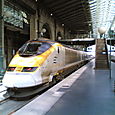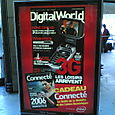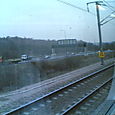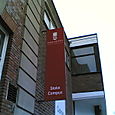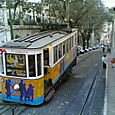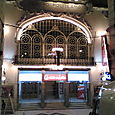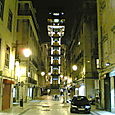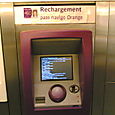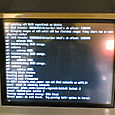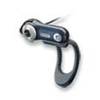
A recent personal experience is yet another proof of how even small features can make or break usability in any product, no matter how good it is. I am away from home quite often so mobile technologies, the Internet and VoIP help me a lot to stay in touch. Since Skype has started to offer video telephony, things have improved even more. However, there was a catch.
We’ve had web cams for quite a while now but we didn’t use them a lot as my better half always felt uncomfortable with that "eye" (lens) staring at her even when not used. So the web cam was always unplugged and stowed away, usually not used again for a long time as it is just too much effort to position the camera and plug it in again before a call. Now Logitech has found a solution to the problem. One of their latest web cam models, the QuickCam Fusion features a lid that can be opened and closed to reveal or hide the lens. A small feature, but it makes Skype’s video service finally usable for us! No more camera positioning and plugging. After the call, the lid is closed and the "eye" is no longer staring at you! Strangely enough, Logitech doesn’t even mention this feature in their production description. Are they aware what they have done?
Now let’s take the lesson into the mobile domain: One of the small things that break the mobile Internet experience for most people is the fact that they have no idea how much it will cost them if they open their mobile phone’s web browser to go to the operator’s portal. Not a single person I asked who’s not regularly using the mobile web could answer this question. It’s unlikely this can be solved anytime soon, no matter how much mobile operators spend on advertising.
A different solution has to be found and actually, it is quite simple: How about having a button on the phone that automatically starts the web browser and directs the user to a pre-programmed page on the operator’s portal? Agreed, this already exists. However, most people hate this button because they feel it’s dangerous as they have no idea how much a press of that button will cost them. This is similar to the fear of the "eye" staring at you. So the only way to take that fear away is to make a subset of the portal free of charge. Sure, operators want to make money but to enter the shop (the portal) must be free and people must be made aware that entering the portal is free.
P.S.: Dear operators, once you do this, do this right! That means: Make the button free of charge for roamers as well!


